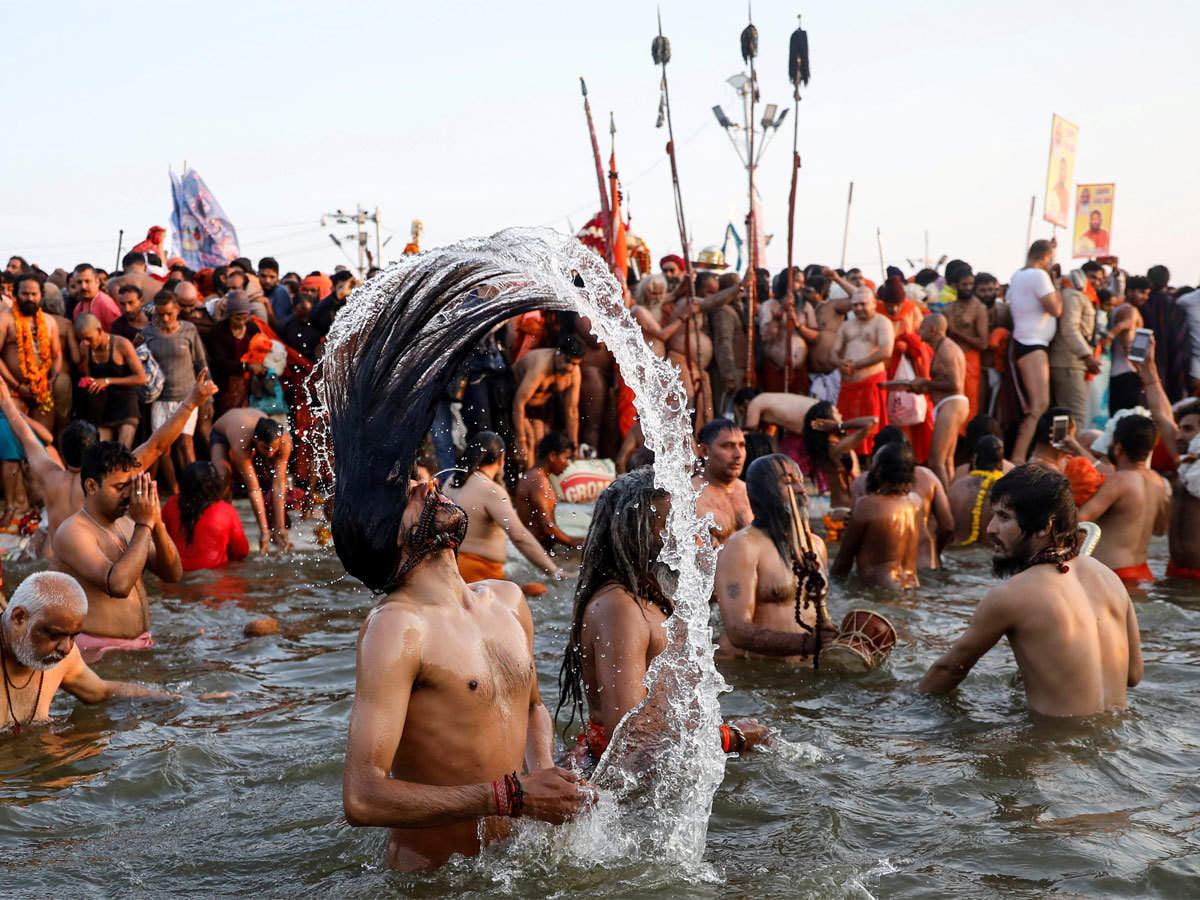In the Vana Parva section of the Mahabharata (sub-chapter Tirthayatra Parva), where the Pandavas were exiled to the forests and depressed that Arjuna had gone away, The Great Sage Deva Rishi Narada will come to visit them.
Deva Rishi Narada, as opposed to the comical way he is portrayed on tv is said to have been “Blazing with Brahma Effulgence” and “Resembling a Fire Flaming Up From a Yagya”.
Yudishthira will ask the Deva Rishi on the merits one would get by visiting the various tirthas and sacred places in Bharat and the Great Sage will recount the story of the Eminent Bhishma once asking the Sage Pulatsya (Grandfather of Ravana) this very same question and recount that,
The Vedas had decreed the fire sacrifices (yagya) that has to be done by a person and the merits one would acquire from them but these were costly affairs and could only be done by Kings and Men of wealth.
The Rishis thus in their compassion revealed a way where those without wealth, family, allies and means could achieve the same fruits (punya) that those who performed Vedic sacrifices did.
This was the practice of visiting Punya Kshetras and Tirthas.
Our Rishis never fail to amaze me. They never went against what the Vedas taught, but at the same time were flexible enough to give alternatives so that everyone could benefit if they could not follow the injunctions of the Vedic Sacrifices.
Punya Kshetras for those unable to do Vedic Sacrifices, Puranic Stotras for those without Mantra Diksha , Agama based temples and Tantra Bija Mantra Sadhana with the onset of Kali Yuga etc.
Alternatives were always given without contradicting or going against the Vedas.
Rishi Pulatsya does however mention something that has to be taken into account for those going the Punya Ksetra / Tirtha visit way, such as:
1) He, whose hands, feet, mind, learning, asceticism and deeds are under proper control, enjoys the fruits of Tirthas.
2) He, who has ceased to accept gifts, who is contented with little and who is free from pride, enjoys the fruits of Tirthas.
3) He who is free from sins, who acts without desire, who eats light food, who has conquered his passions and who is free from all sins, enjoys the fruits of Tirthas.
It would thus seem that the full benefits of visiting Punya Kshetras is reserved only for Sadhakas, following the Yamas and Niyamas (such as mentioned in The Yoga Sutras) and advanced enough in their practice to at least have a lid on their desires and passions.
P.S Rishi Pulatsya also mentions the importance of fasting for 3 nights in the Kshetra you visit (so NO quick temple hopping) as well as donating cows and annathaana ( food charity ) to get the benefits of a Ksetra.


No responses yet